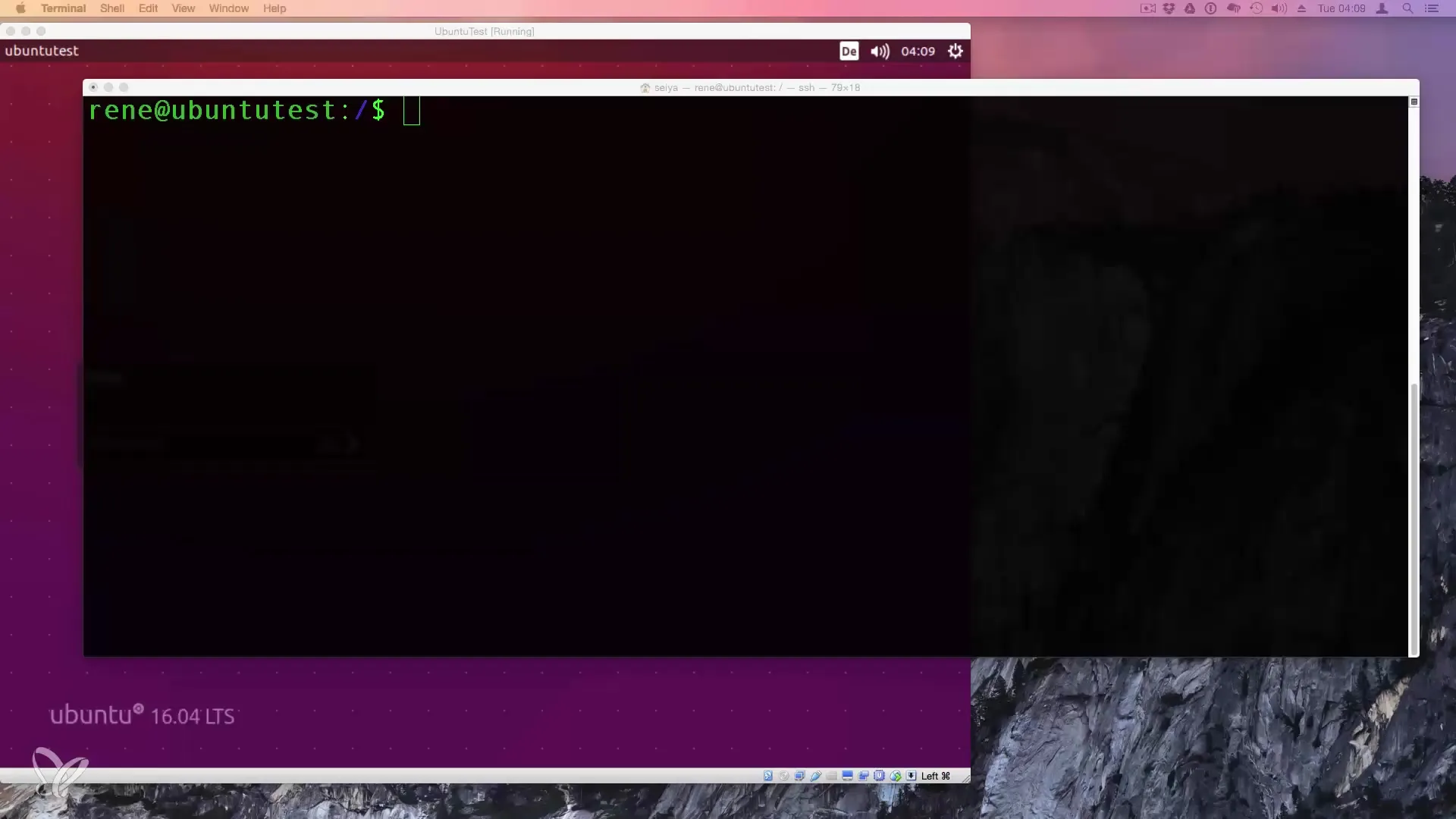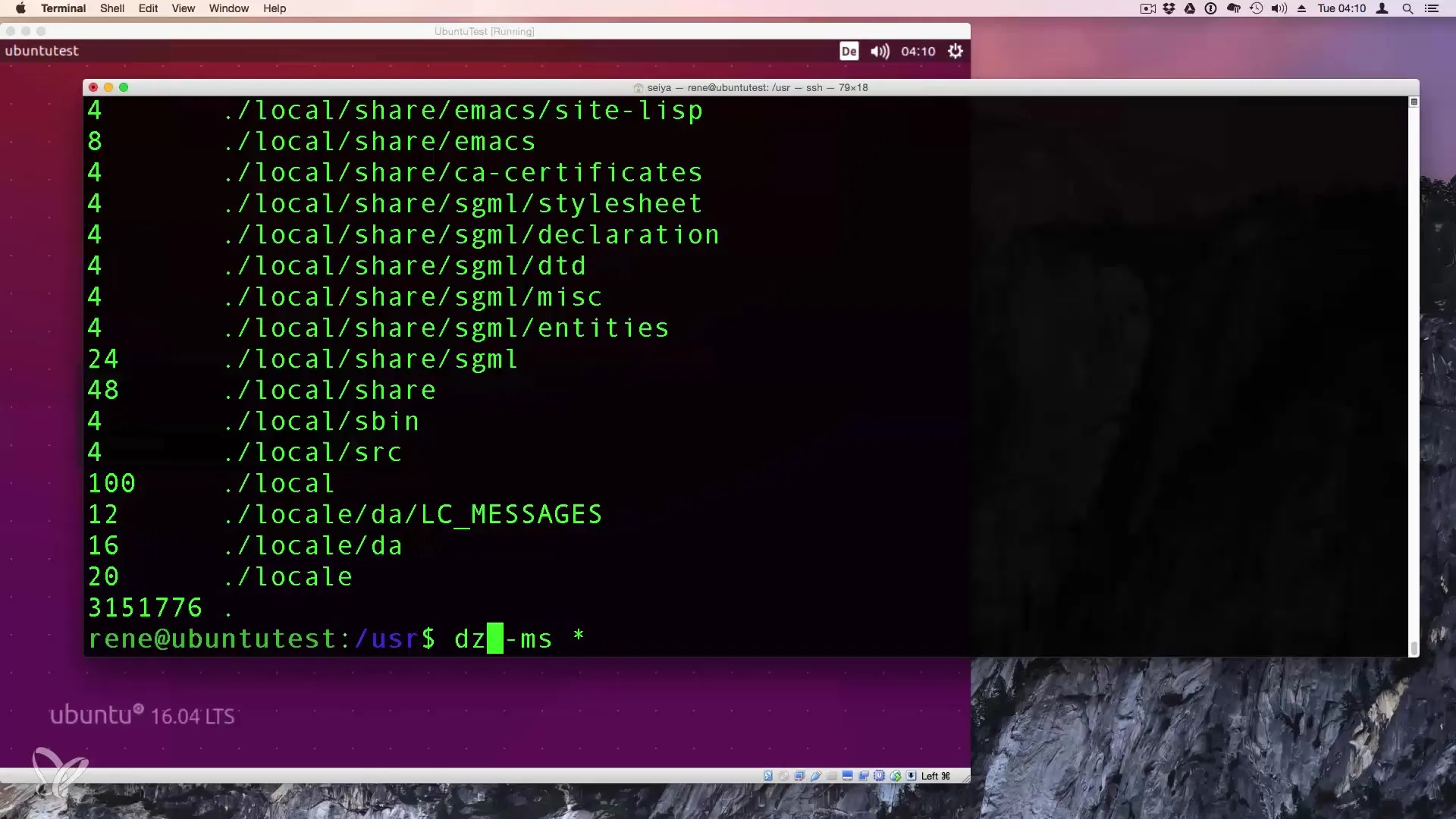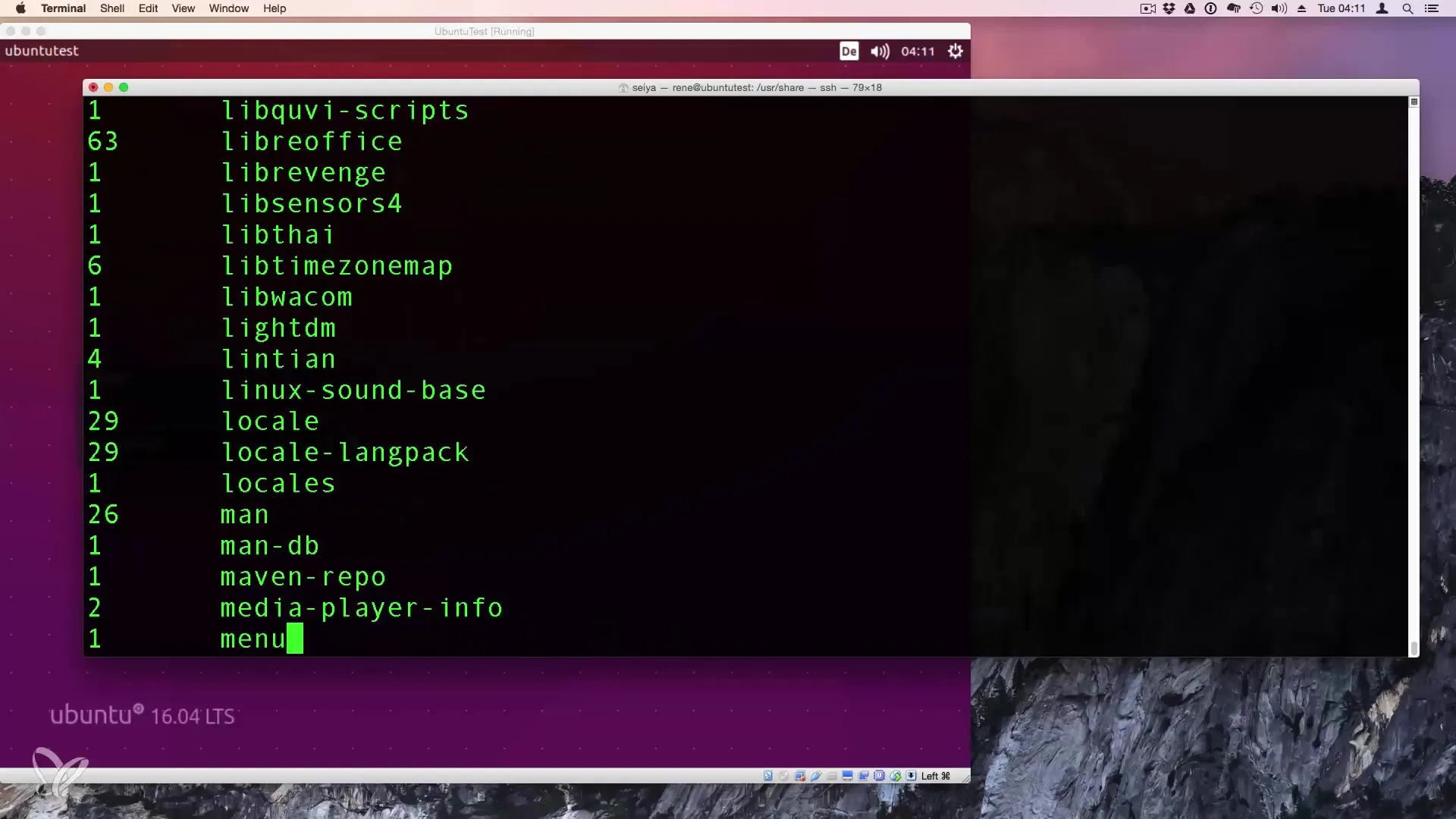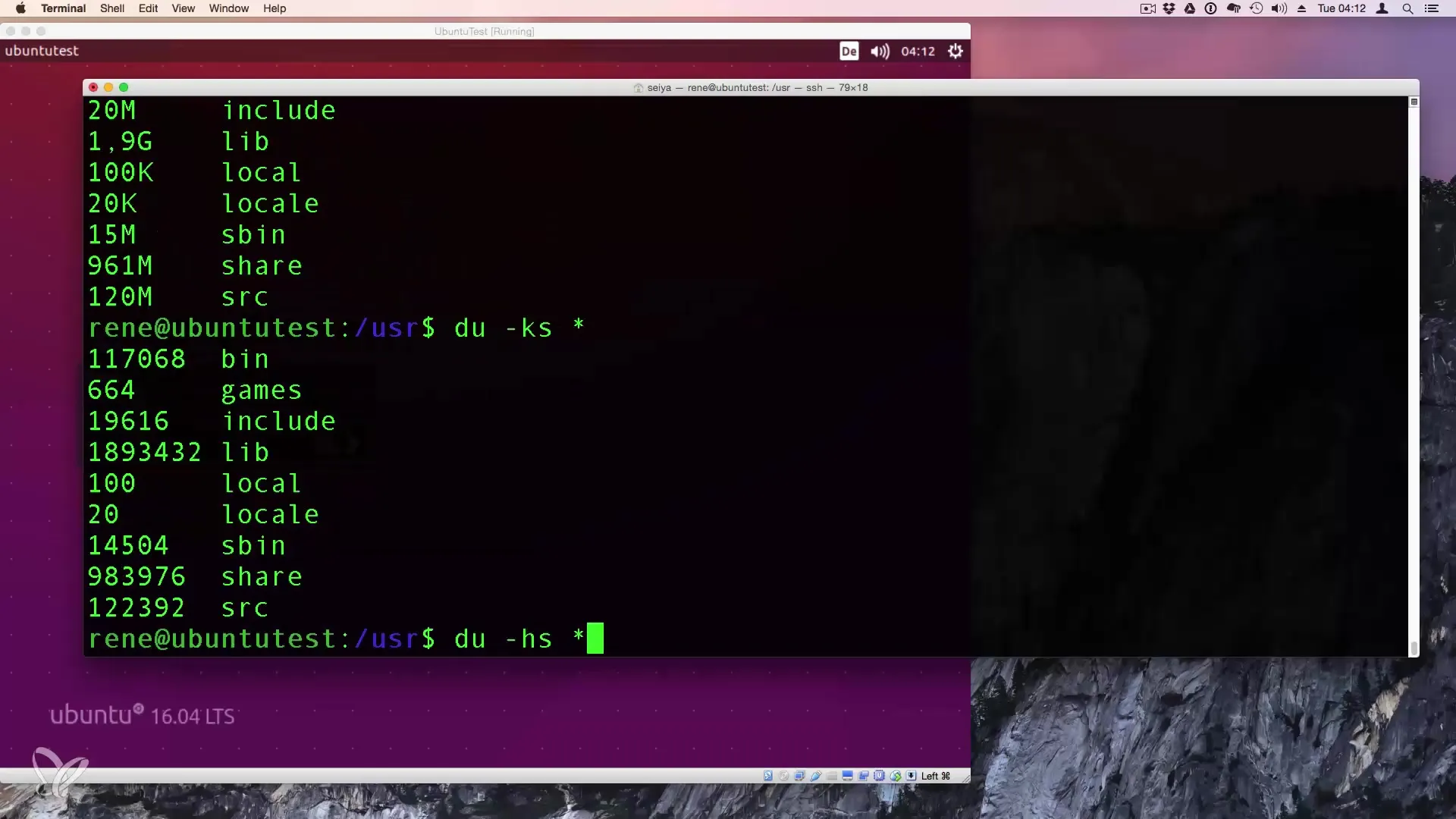The efficient use of disk space is crucial, especially when your system is filled with many files and folders. With the right knowledge and the appropriate tools, you can quickly find out which items consume the most storage space. Here you will learn how to check the storage usage of your files and folders using the command du (Disk Usage) under Linux.
Key Insights
- The command du helps to display the storage usage of files and folders.
- With specific options, you can adjust the output format to increase clarity.
- There are different ways to present the results according to your needs.
Step-by-Step Guide
Step 1: Basic Usage of du
To check the storage space of files and folders in your user directory, open a terminal and navigate to the user folder. Then enter the command du. This will display the size of each file and folder in the default format.

Step 2: Output in Megabyte Format
The default format can be cluttered. To obtain a clearer output, use the option -m for megabytes and -s for the summarized size, so that only the total sizes are displayed. The command is: du -ms. This will give you a clear overview of how much storage space the main folders require.

Step 3: Interpreting Values
After executing the command, you will see a list of folders along with their respective sizes in megabytes. For example, the “Library” folder might cost 1.8 GB and “Share” about 1 GB. This gives you an immediate overview of the largest space consumers.
Step 4: Detailed Analysis in Subfolders
To get more details about the folders, you can navigate into a specific folder – for example, the “Share” folder – and apply the same du -ms command there to check the sizes of the files and subfolders contained within it.

Step 5: Using du -h
Another useful command you can use is du -h, where the “-h” stands for "human-readable". This command displays sizes in a format that is easier to understand (for example, 1K, 234M, 2G). This is particularly helpful for a quick assessment of storage usage.

Step 6: Systematic Analysis of Other Directories
After reviewing the results displayed by du, you can apply the same procedure to other important system folders. For instance, if you have cluttered amounts of files, it may be crucial to analyze the storage usage in detail. Analyze.
Summary – Effectively Display Storage Usage in Linux
In this guide, you learned how to analyze the storage space of files and folders using the du command in Linux. Your knowledge of options like -m, -s, and -h allows you to tailor the information to your needs and analyze it efficiently.
Frequently Asked Questions
How can I use du?You can use du in the terminal to examine the storage usage of files and folders.
What does the option -m mean?The option -m displays the size in megabytes, making the results clearer.
What does the option -h do in du?The -h option displays the output in a human-readable format, e.g., in KB, MB, or GB.
How can I check the storage space in a specific folder?Navigate to the directory and run du -ms to display the storage sizes of the files contained within.
Can I also use du on my System folder?Yes, you can use du on any folder in your system to analyze the existing sizes.


